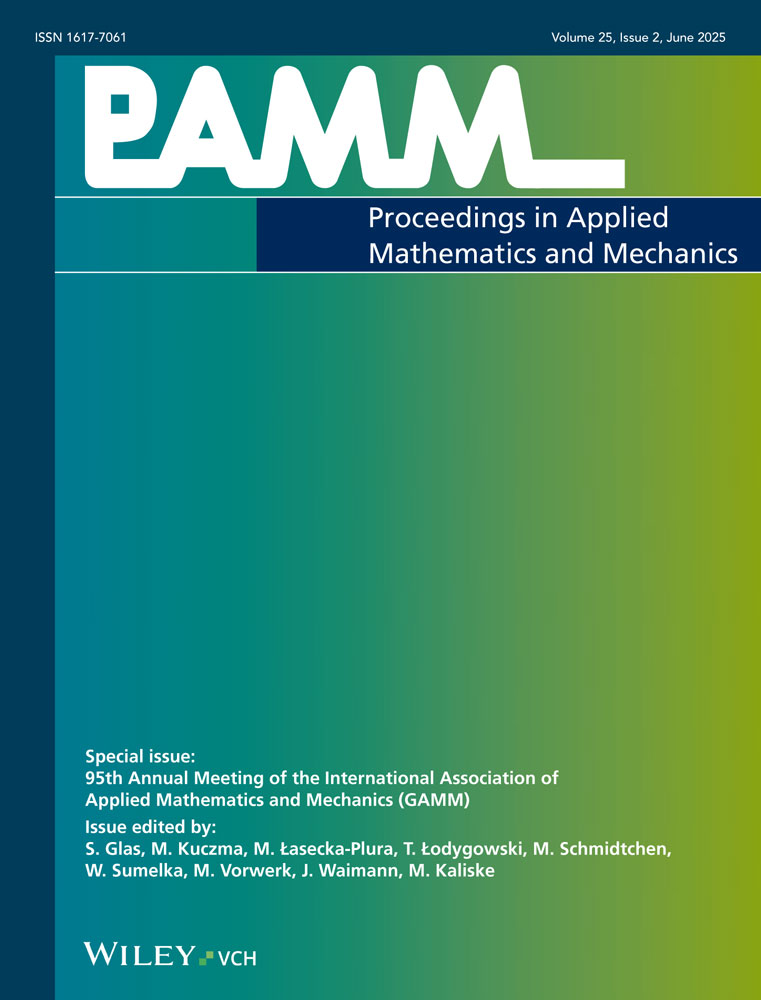Active Flow Control Implemented in a Multi-Stage High-Speed Axial Compressor
Abstract
The decrease of fuel consumption is a main objective in the development of modern aircraft engines and heavy-duty gas turbines. Especially at off-design conditions, one promising approach to suppress flow losses and to increase the efficiency of the compressor is Active Flow Control (AFC) by aspiration or injection. Aerodynamically, the compressor flow of a gas turbine responds more sensitively to volatile flow conditions than the turbine flow because of the positive pressure gradient in a compressor achieved by flow deceleration. In a decelerating flow, particularly at off-design operating conditions, the compressor flow tends to separate from the blade surfaces. This flow separation causes unstable operating conditions inside the flow path resulting in low overall engine efficiency. Thus it is obvious that counter-measures against increased flow losses at off-design operation should be concentrated on the compressor. Considering industrial objectives, both the performance increase and the operating range enhancement are subjects of current compressor research, as is a reduction of vanes or even entire stages. While a reduced vane count reduces cost, even greater benefits can be gained if entire stages could be eliminated and thus the number of rotor discs reduced, which further reduces cost along with reducing the length of the rotor which could also improve rotor dynamics. For all of these purposes, different AFC approaches were implemented in a four stage axial compressor (4AV) and were experimentally examined. This paper presents an overview of the past and ongoing AFC research at the Institute of Turbomachinery and Fluid Dynamics (TFD). (© 2016 Wiley-VCH Verlag GmbH & Co. KGaA, Weinheim)




